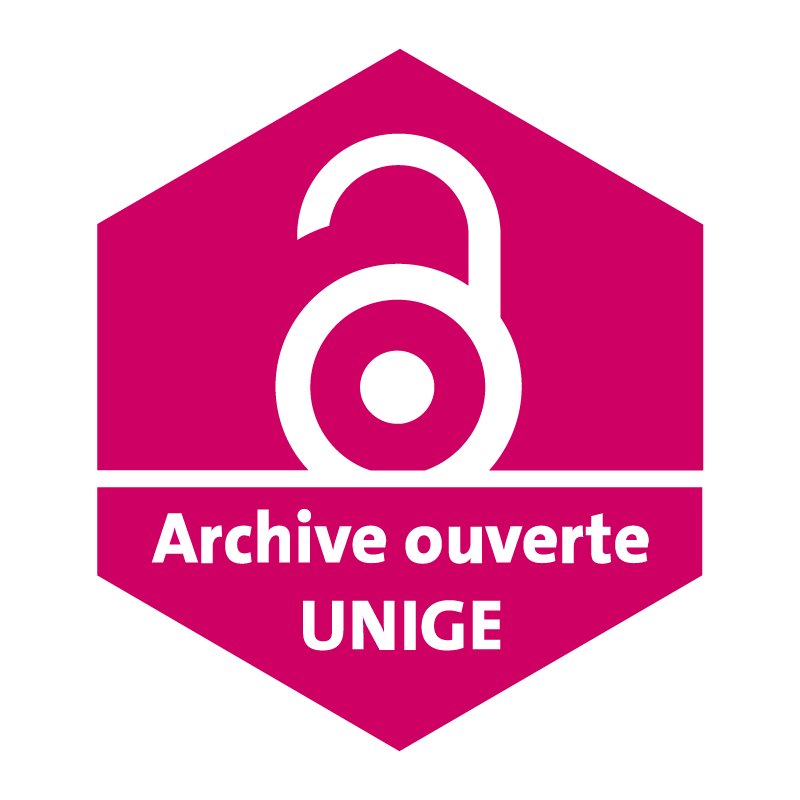Immunological determinants of clinical outcome in Peruvian patients with tegumentary leishmaniasis treated with pentavalent antimonials
Published inInfection and immunity, vol. 77, no. 5, p. 2022-2029
Publication date2009
Abstract
Keywords
- Adolescent
- Adult
- Aged
- Aged, 80 and over
- Animals
- Antimony/therapeutic use
- Antiprotozoal Agents/therapeutic use
- Child
- Child, Preschool
- Cytokines/biosynthesis
- Female
- Gene Expression Profiling
- Humans
- Infant
- Leishmaniasis, Cutaneous/drug therapy/immunology
- Macrophages/immunology
- Male
- Middle Aged
- Peru
- Prospective Studies
- Skin/pathology
- T-Lymphocytes/immunology
- Treatment Outcome
- Young Adult
Citation (ISO format)
MAURER-CECCHINI, Anne et al. Immunological determinants of clinical outcome in Peruvian patients with tegumentary leishmaniasis treated with pentavalent antimonials. In: Infection and immunity, 2009, vol. 77, n° 5, p. 2022–2029. doi: 10.1128/IAI.01513-08
Main files (1)
Article (Published version)

Identifiers
- PID : unige:18863
- DOI : 10.1128/IAI.01513-08
- PMID : 19237520
Additional URL for this publicationhttp://iai.asm.org/content/77/5/2022.full.pdf
Journal ISSN0019-9567


